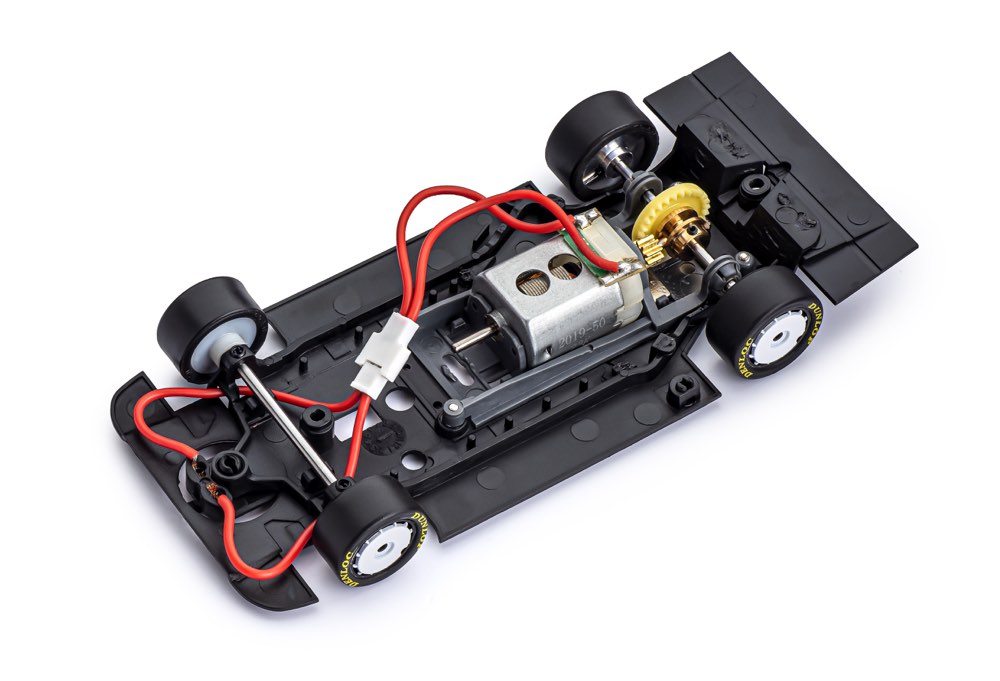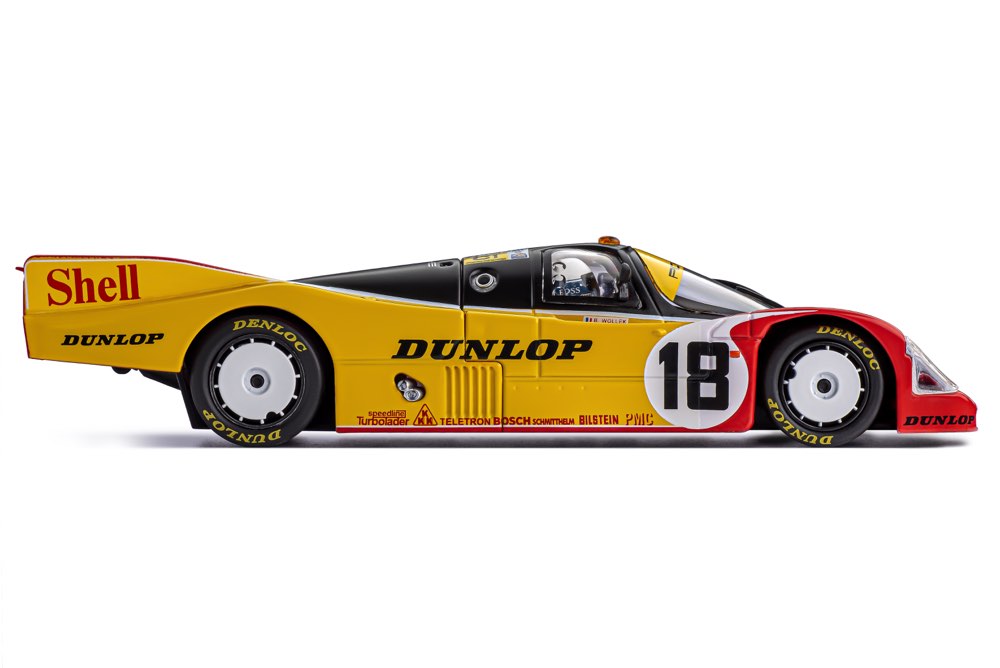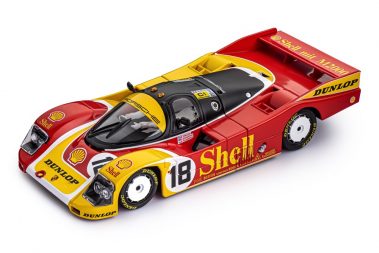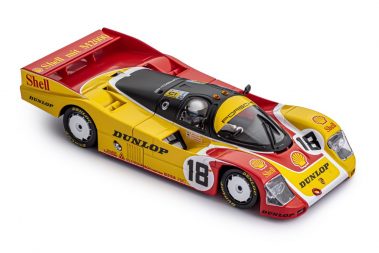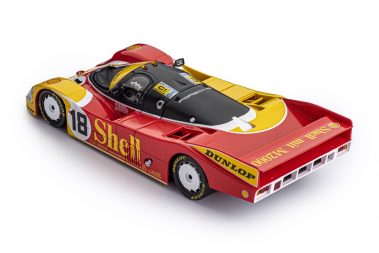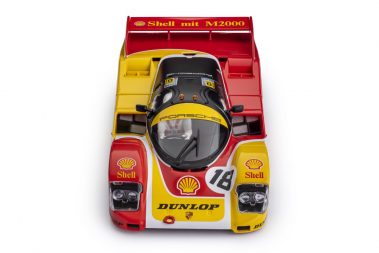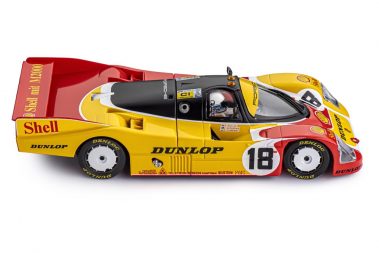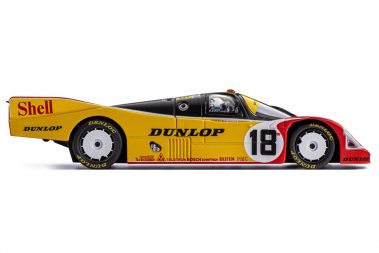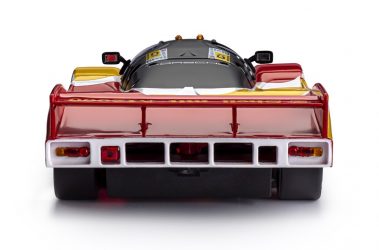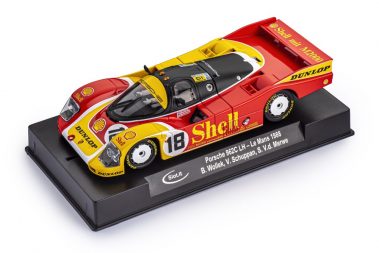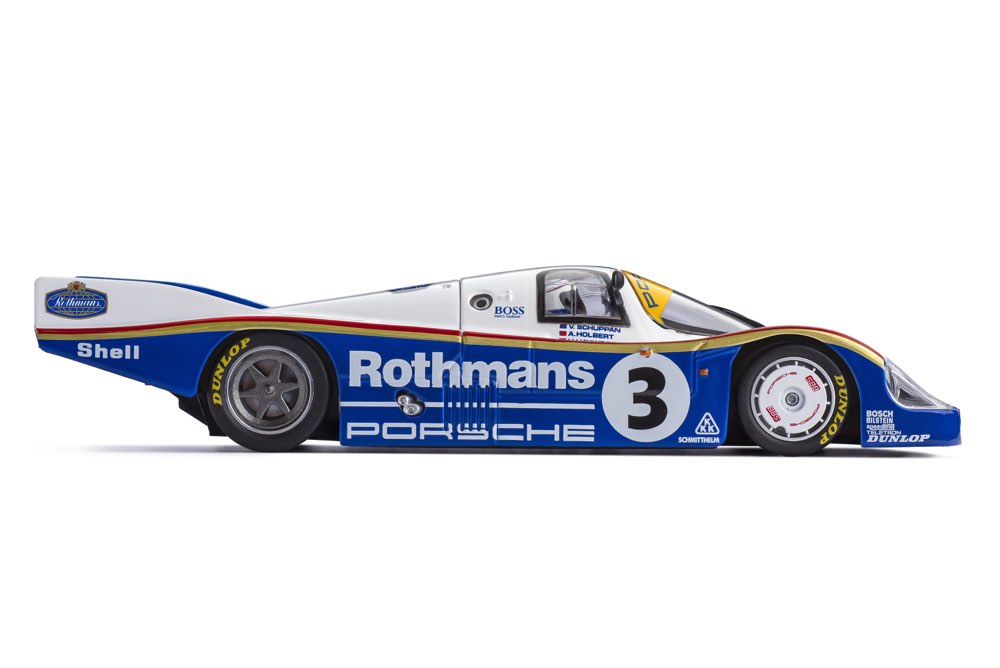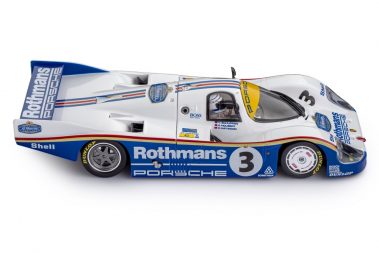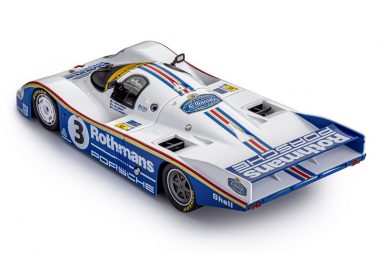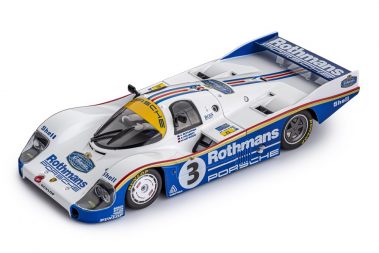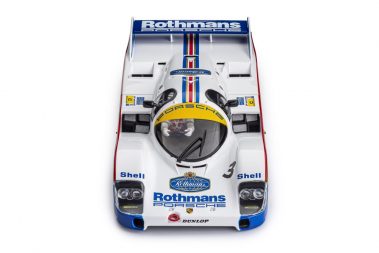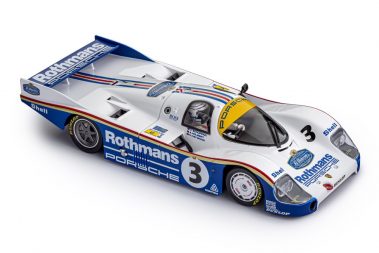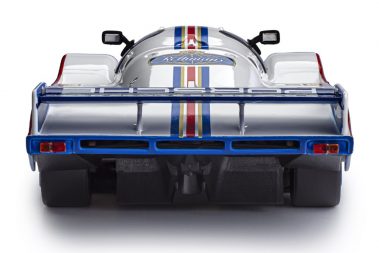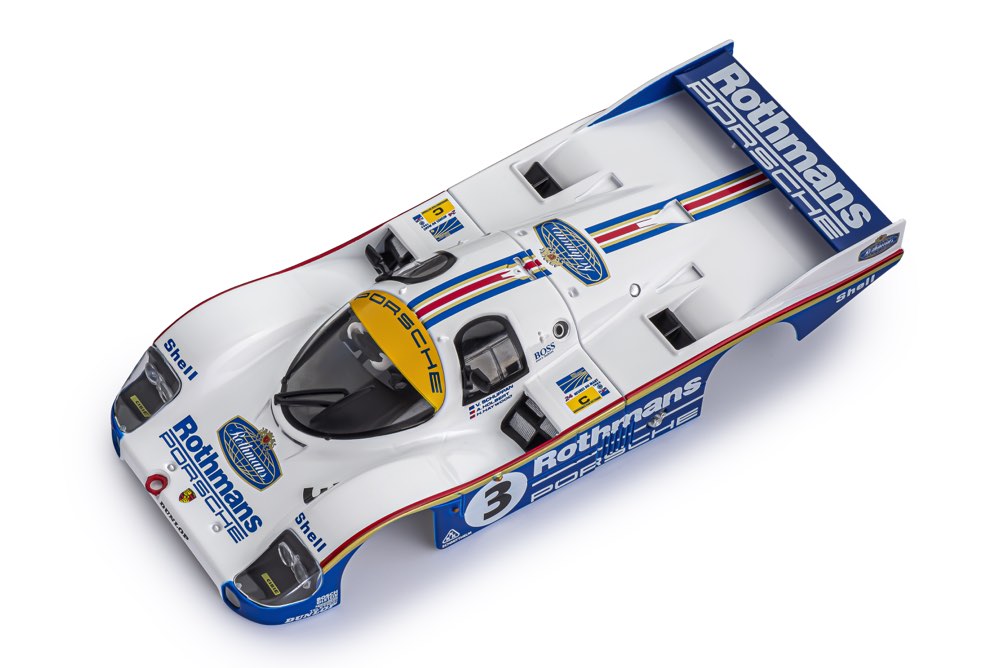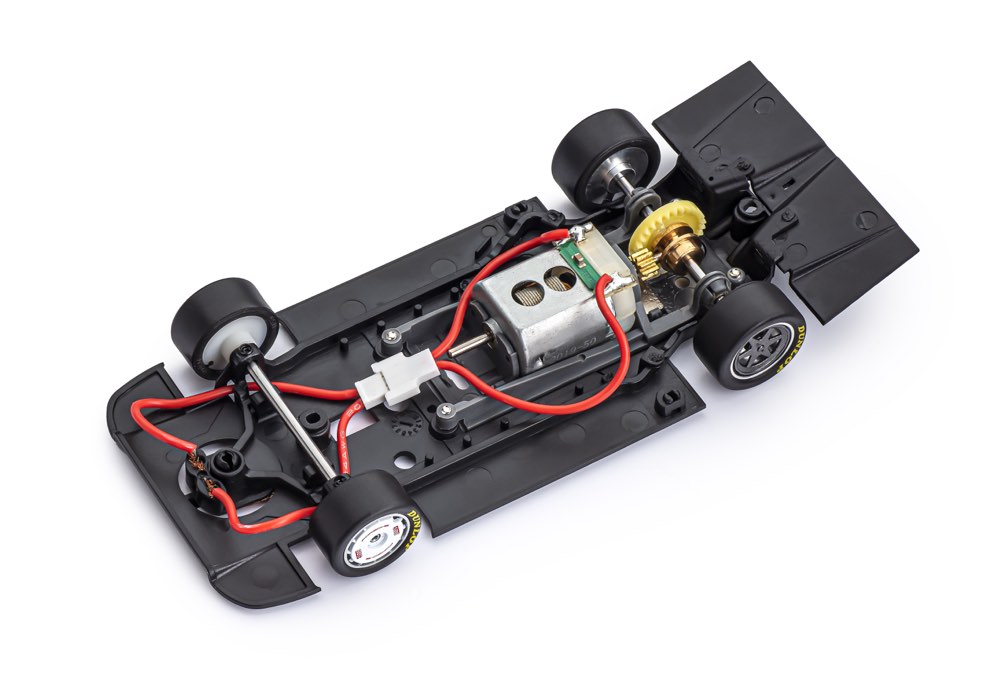PORSCHE 962C LH
1988
PORSCHE 962C LH
1988 - Le Mans / #18 - B. Wollek, V. Schuppan, S.V.d. Merwe
CA03m
Porsche 962 is a sport-prototype racing car created to replace the already succesfull Porsche 956, in order to allow its presence in the Americans IMSA and WSC Group C competitions. It was one of the most succesful racing cars ever and it won several competitions all over the world:
– World Sport-Prototype Championship in 1985 and 1986
– 24h Le Mans in 1986, 1987 and 1994
– IMSA GTP Championship in 1985, 1986, 1987 and 1988
– 24h Daytona in 1985, 1986, 1987, 1989 and 1991
– 12h Sebring in 1985, 1986, 1987 and 1988
The ‘962C’ appeared for the first time at Le Mans in 1985. The engine was a boxer, 6 cylinders, with two turbos, liquid-cooled, 4 valves per cylinder, double overhead camshaft. On the 3 factory cars engaged in the ’24 Hours’ in 1988, displacement had been increased at 3 liters. Even the tail had been updated. In those years, cars used ‘long’ shaped tails to have the less possible drag on the ‘Les Hunaudières’ straight. During qualifying, the works 962C reached a maximum speed of 391 kph. This car raced at Le Mans in 1988 in the red, white and yellow livery of sponsor Shell. The car was driven by Bob Wollek, Vern Shuppan and Sarel van der Merwe.

